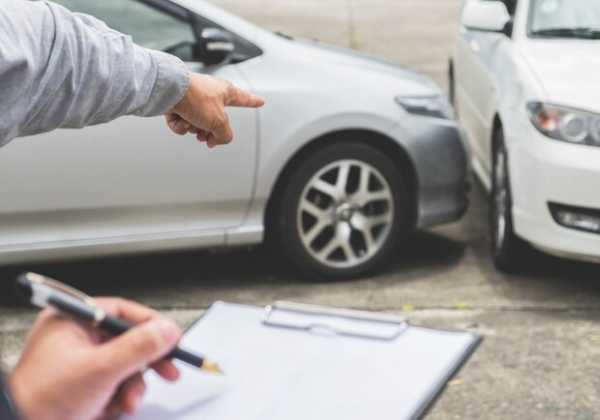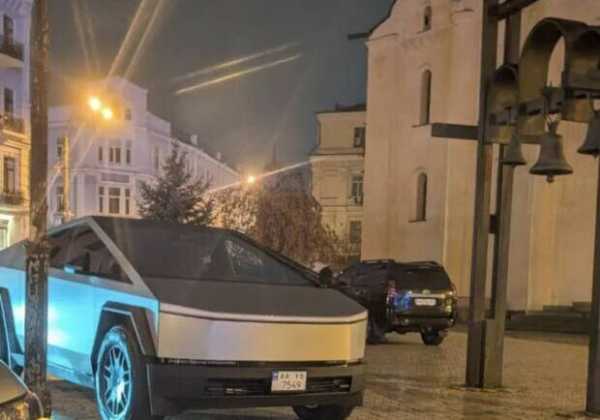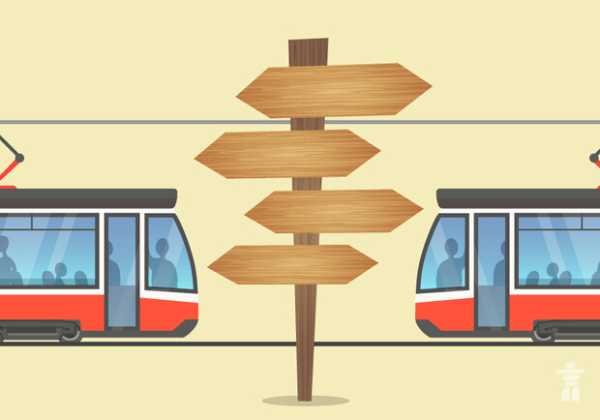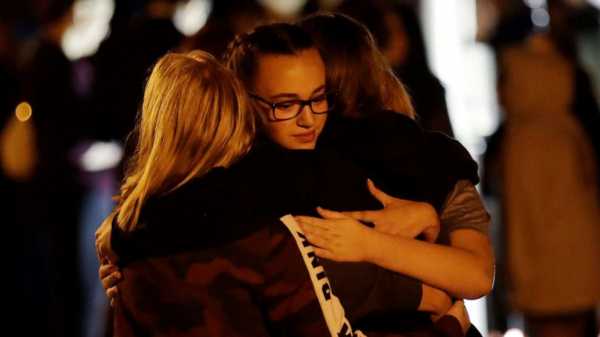
The day after a school shooting that left two students dead and three injured in Santa Clarita, California, survivors are reckoning with the daunting prospect of recovery.
Interested in Santa Clarita?
Add Santa Clarita as an interest to stay up to date on the latest Santa Clarita news, video, and analysis from ABC News.
Santa Clarita
Add Interest
“It lives on,” said Frank DeAngelis, the former principal of Columbine High School, whose phone lit up with texts offering him thoughts and prayers Thursday while he was presenting in Kentucky.
Twenty years after the shooting at his own school, Thursday’s news took him right back to Columbine. “Right now, they’re in a state of shock,” he said. But in the next 48 hours, he plans to reach out to the principal of Saugus High School and offer him a roadmap of sorts from someone who has been there.
(MORE: Santa Clarita high school gunman fired at random: ‘Still remains a mystery why’)
With each year’s new list of school shootings — including at least 11 school shootings in 2019 alone — there’s a growing body of evidence about what comes next.
And while every community has unique needs, those who have worked with survivors of Columbine, Isla Vista and Sandy Hook say some strategies are more effective than others for helping communities process horrific tragedy.
‘The sooner the better’
In Newtown, Connecticut, the site of the 2012 school shooting, it took a year-and-a-half for the town to receive the grant money that had been allocated for recovery.
Melissa Glaser, a Connecticut-based psychotherapist who oversaw that recovery, noted that by the time she arrived, some people had already developed unhealthy coping mechanisms to deal with their emotions, like using drugs and alcohol to self-medicate.
In addition to substance use risk, when people don’t have the correct treatment and support in the aftermath of trauma, divorces and separations can happen, and kids can struggle in school, explained Glaser, who authored a book on what she learned from Sandy Hook.
“What survivors often need is coordinated care,” said Sarah Lowe, assistant professor of public health at Yale School of Medicine, where she researches the long-term mental health consequences of traumatic events.
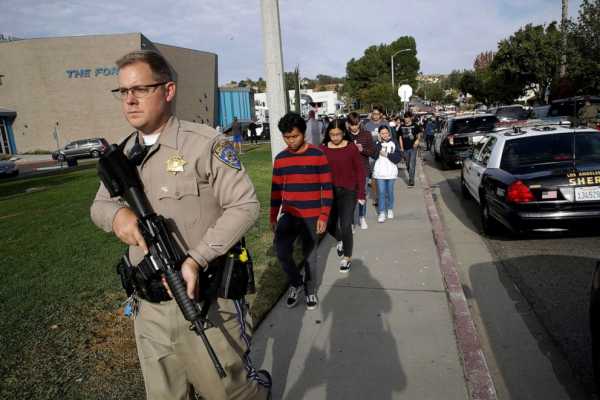
Marcio Jose Sanchez/AP, FILE
Students are escorted out of Saugus High School after reports of a shooting on Nov. 14, 2019, in Santa Clarita, Calif.
A study published in the Journal of Community Psychology found that 50% percent of victim families surveyed after the Sandy Hook shooting said the services they received were not well-matched to their needs. Among the 12 community organizations that offered behavioral health services to the community, only three were specifically tailored for victims.
“One of the lessons from Sandy Hook is that having a care coordinator, or a liaison to community resources, can be really helpful,” said Lowe, who was not associated with the study.
It’s also important to keep in mind that not every child who is involved in a shooting is traumatized, explained Melissa Brymer of the UCLA–Duke National Center for Child Traumatic Stress.
Instead, about 28% of people who witness a mass shooting will develop a post-traumatic stress disorder, according to the National Center for PTSD.
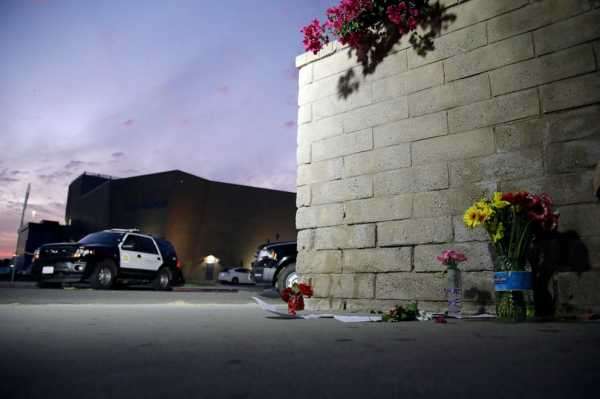
Marcio Jose Sanchez/AP, FILE
Flowers are placed in front of Saugus High School in the aftermath of a shooting in Santa Clarita, Calif., Nov. 14, 2019.
The vast majority of people show resilience, and most students will recover over time. Still, Brymer said, it’s important to map who was exposed and to have strategic interventions for those who are struggling, both over the short- and long-term.
In the short-term, «the sooner the better,” Glaser said of an ideal mental health response to school shootings, although she noted that funding is one of the biggest barriers to that rapid response.
It can difficult to ensure that everyone who needs help gets it, explained Lowe, since there’s a ripple effect from trauma. Direct victims, their families, witnesses and first responders are all at risk, but so are people further downstream from the event.
“You have people in the broader community who are absorbing the shock of something really terrible happening near them. They have mental health needs, too.” Lowe said.
Early and proactive outreach is key
Grete Dyb of the Norwegian Center for Violence and Traumatic Stress Studies understands the ripple effect of trauma firsthand.
Dyb has conducted multiple studies among survivors and families of the 2011 shooting at a summer camp in Norway, where 69 people were killed.
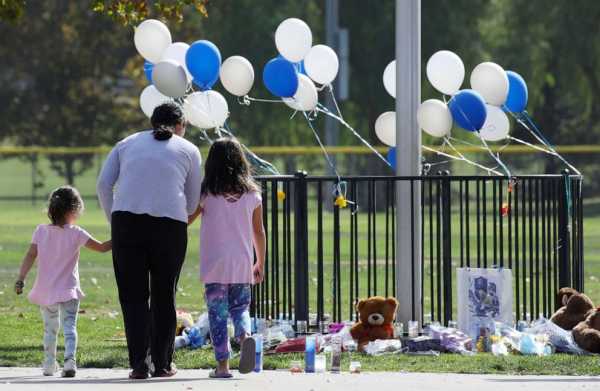
Mario Tama/Getty Images
A woman and two girls visit a makeshift memorial in Central Park to victims of the shooting at nearby Saugus High School in Santa Clarita, Calif., Nov. 15, 2019.
Early and proactive outreach is crucial for survivors, she said.
In the immediate aftermath of a traumatic and violent event, it’s most important that those involved feel safe and stabilized, but the following day, many survivors need to know what happened.
“It’s important that they get a lot of information,” Dyb said. Survivors may have a fragmented story of the event, which makes it hard for them to make meaning of the shooting.
“Fragmented memory is very distressing,” Dyb explained. “Survivors have to feel that they know what happened, so it’s not all chaos and confusing.»
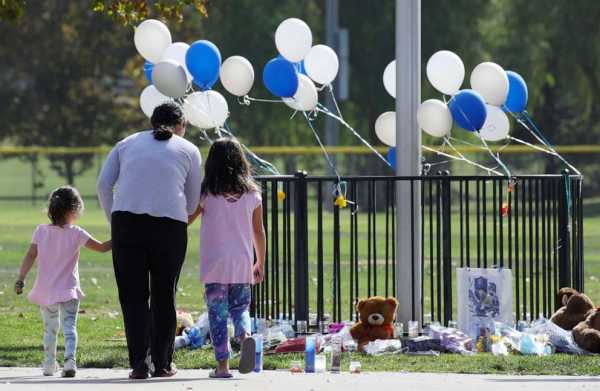
Mario Tama/Getty Images
A woman and two girls visit a makeshift memorial in Central Park to victims of the shooting at nearby Saugus High School in Santa Clarita, Calif., Nov. 15, 2019.
While families may turn inward after a traumatic event, and try to deal with their children’s emotions privately, they’re not necessarily prepared for reactions kids may have in the days, weeks and years following that trauma.
In Norway, crisis teams were directed to contact survivors the day they arrived home, or the following day, with an emphasis on in-person contact.
“It shouldn’t have happened to you, but it did. And now we’re here to help,” Dyb said. “To feel you were left alone with your problems after an event like this is really devastating.”
Reaching people where they are
Erika Felix, who helped staff a drop-in counseling center after the 2014 killings in Isla Vista, California, said students who need mental health support most aren’t always the ones who show up for counseling.
Instead, students who were coping better, and were worried about their friends, came to ask for help.
(MORE: Police seek motive in California school shooting that killed 2, left suspect in ‘grave condition’)
“We would try to have their friends bring them in,” Felix said. “There are a lot of barriers that prevent people from walking in.”
Felix, who researches how trauma affects communities at the University of California, Santa Barbara, surveyed the students in the aftermath of the killings, to learn which community events students found most helpful in the weeks after the tragedy.
In the survey, which was published by the American Psychological Association, students reported that the candlelight vigil they organized was the most helpful event, ranking it above other options, like drop-in counseling or a class class discussion.
On Thursday night, in a park in Santa Clarita, students similarly held a candlelight vigil to mourn their peers who had died.
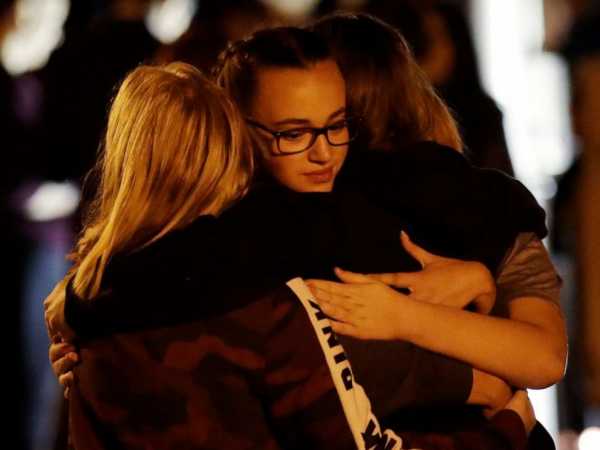
Marcio Jose Sanchez/AP, FILE
Students embrace during a vigil at Central Park in the aftermath of a shooting at Saugus High School in Santa Clarita, Calif., Nov. 14, 2019.
For many individuals, a strong base of community support is a good starting point toward grappling with “understandable emotions to extraordinary events,” Felix explained.
“Creating the space and resources for people to come together, grieve collectively and plan how to support each other is just as important as having mental health resources,” Felix added.
In a rush to help students, first responders and teachers often get forgotten
While students are often the focus after school shootings, teachers and first responders can be equally affected by witnessing violent and traumatic events.
In the hours after the Santa Clarita shooting, Tim Murakami of the Los Angeles sheriff’s department tweeted that he was “having a difficult time” with the shooting.
It’s common for communities to focus resources on students while overlooking adult survivors, according to Brymer, who has studied school shootings and mass violence.
“We can’t forget that the educators were in this event, too.” she said.
Brymer noted the importance of having different therapists and mental health support for educators and students, something that hasn’t consistently happened following the shootings she’s researched.
“If you don’t help yourself you can’t help others,” said DeAngelis, who leaned on his faith, as well as counseling, after Columbine. He said he wouldn’t be able to continue supporting the survivors of subsequent school shootings without the professional mental health help he received.
“I’m living testimony of that,» he said.
(MORE: 2020 candidates and more react to Santa Clarita school shooting)
Oftentimes, he explained, people who’ve been through a traumatic event may think they’re fine, only to be caught by surprise when the event resurfaces years down the road.
“I have students from the class of ‘99 who are having a hard time sending their kids to school,” he said. “You have to look at this as a long-term effect.”
Sourse: abcnews.go.com


